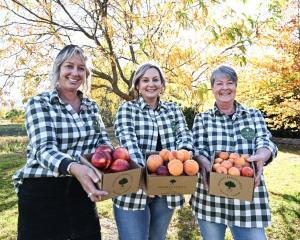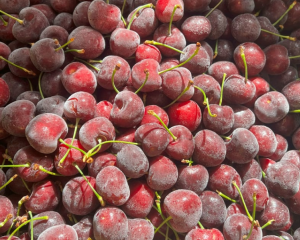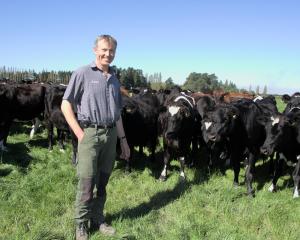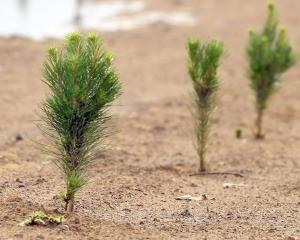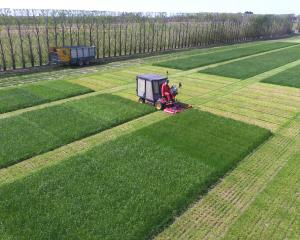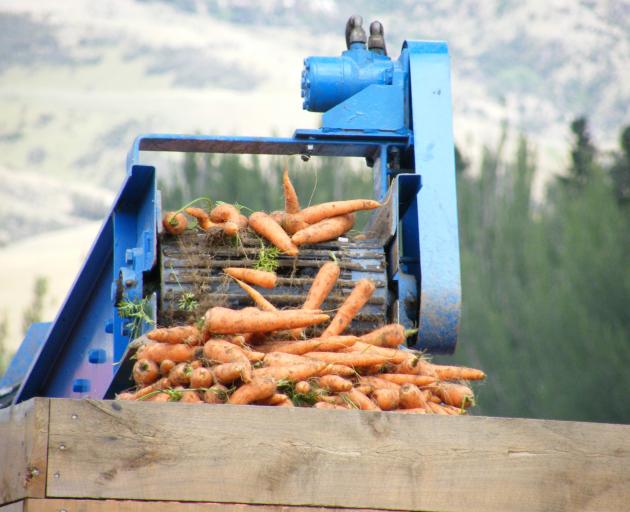
A new report has bad news for people thinking indoor farming and technology will take care of our fresh vegetable and fruit needs as another chunk of productive Kiwi soil disappears under a new subdivision.
New Zealand demand for fruits and vegetables is estimated to jump by more than 30% within 25 years but vertical farming, where food is grown indoors in stacks in a technology-controlled environment, will not replace traditional growing, said the report's author Rachel McClung of Horticulture New Zealand.
Thinking fruit and vegetables can be grown "somewhere else" as developments swallow productive land is a misconception that's breeding complacency, said her report, the result of her Kellogg rural leadership programme research into other growing methods such as vertical farming.
"With housing taking a lot of our prime soils and climate change impacting regional weather patterns, it seemed a good time to look at alternative growing methods.
"I found it interesting that while there are many recognised benefits of vertical farming, with the most prevalent being growing independent of weather conditions, the cost of the electricity needed for artificial lighting and temperature control, combined with the high capital investment and operational costs, currently outweigh the benefits."
This was a limitation in New Zealand which has high levels of sunshine hours and enviable growing conditions.
McClung found vertical farming was limited to leafy greens and herbs and unable to grow the full range of fruits and vegetables New Zealanders enjoy.
Nothing was known about how vertical farming aligned with the cultural values of Māori, the report said.
McClung surveyed growers and found three had investigated establishing vertical farms but had not proceeded because of the economics.
"My conclusions include that the Government should take a balanced approach to the issue of New Zealand's diminishing productive land and food security," she said, noting New Zealand did not have an over-arching policy protecting food security.
She cited Deloitte's recent finding that between 2002 and 2016, vegetable-growing land had shrunk by 30%.
"Due to the abundance of land available, there is a misconception that food crops can simply be grown elsewhere (from) land in demand for housing."
But crops generally needed high class and versatile soils with different climate requirements for different crops. Soils varied widely in quality and versatility and climate varied across New Zealand.
About 80% of all vegetables grown in New Zealand are eaten by New Zealanders, the report said. Most of the fruit crop was exported.
The produce industry generated $5.6 billion in value in 2017 with exports accounting for $3.5 billion, an increase of nearly 50% in the past five years.
The total investment in New Zealand's horticultural sector is estimated to be more than $52 billion by Plant and Food Research.
McClung concluded vertical farming would not replace traditional growing but may supplement it in future if technology made it economically viable.
Her report urged recognition that horticultural production was not just important for its economic benefits.
The rural economy supported rural communities and food production values were a platform for long-term sustainability of communities through the provision of food security, jobs and tourism.


